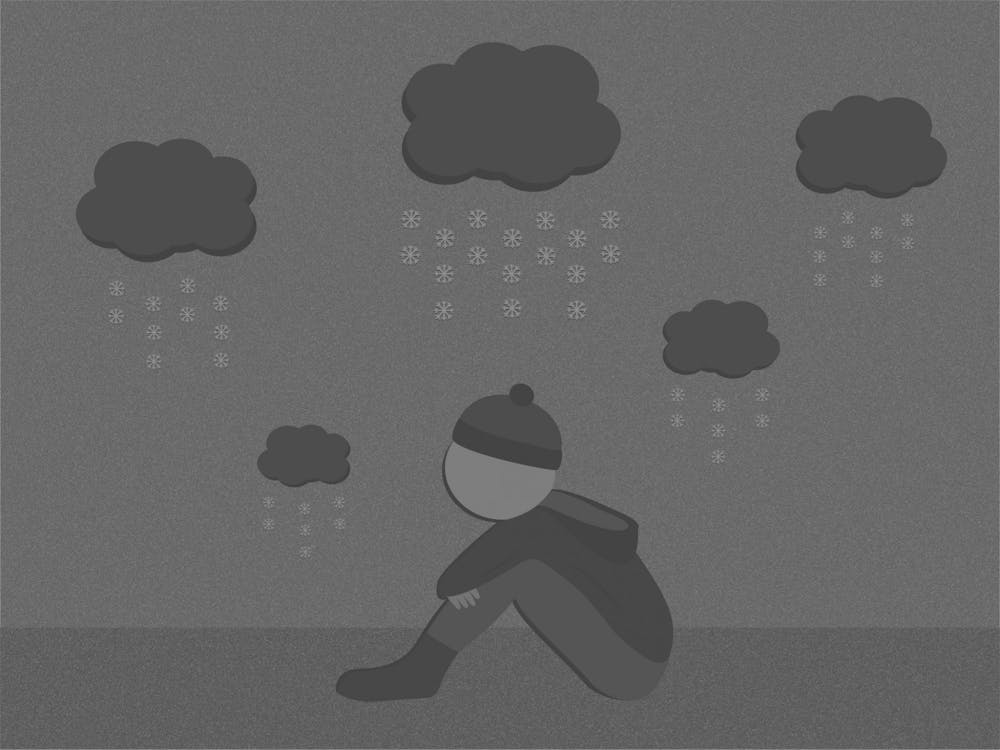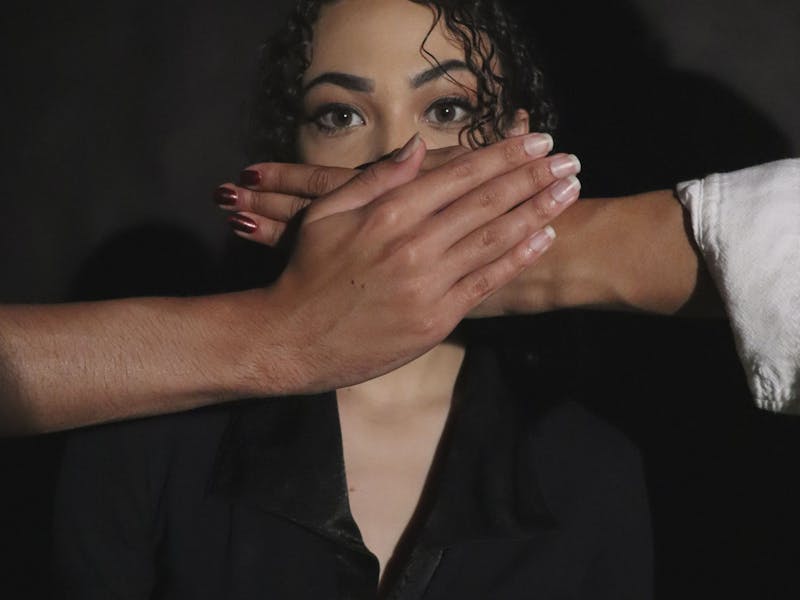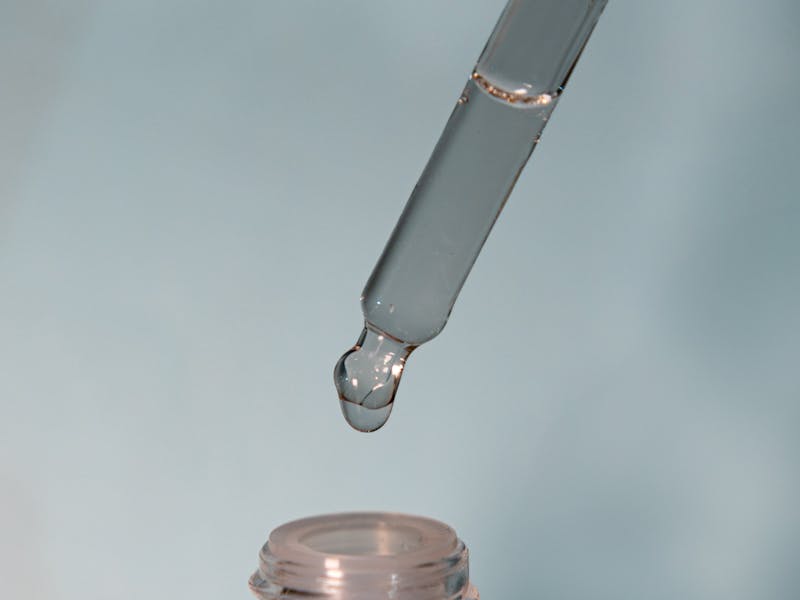As the days get shorter and the nights get longer, many students find themselves losing motivation and being burnt-out by the pressures of college. Historically, the end of the semester is characterized by arduous final exams, culminating projects and hours spent in T-Coop. All of this, in addition to setting our clocks to “fall back” for Daylight Savings, can leave many students feeling the “winter blues.”
Seasonal affective disorder, more commonly known as seasonal depression, is a type of depression that exhibits many of the same symptoms as a major depressive disorder but is linked directly to seasonal changes. Symptoms for seasonal affective disorder might include, losing interest in activities you once enjoyed, having low energy, problems sleeping and difficulty concentrating. While it looks very similar to the symptomatology of major depressive disorder, it has a different cause.
While still not fully understood by most medical professionals, it is most commonly related to the amount of light that an individual receives. According to the National Institute of Mental Health, research suggests that sunlight helps to control the levels of molecules that help maintain normal serotonin levels.
As humans, we have an established Circadian rhythm with certain levels of melatonin and serotonin. Changes in these neurotransmitter levels disrupt that rhythm. Following Daylight Savings, students have diminished exposure to sunlight due to sunsets being significantly earlier.
Seasonal affective disorder is very common among individuals, especially college students in more northern areas of the country.
Wyatt Geist, Mental Health Liaison for the South Carolina Honors College recommends students who may be struggling with seasonal affective disorder to research light therapy and invest in a white or blue lamp.
“Go on amazon, look up light therapy and you can get an inexpensive white lamp or slightly more expensive blue lamp,” Geist said. “The reason that the blue ones are a little bit more expensive is because research has shown that the blue wavelength of light in particular triggers the serotonin and melatonin.”
Light therapy, characterized by Geist as an effective treatment for seasonal affective disorder, is the process in which someone would sit or work near an artificial light source that mimics natural outdoor light. It can help to better regulate neurotransmitter levels and help create a better established circadian rhythm. With any changes in medical treatments, it is always best to consult a trusted physician.
Other treatments for students struggling with seasonal affective disorder are therapy and, when appropriate, medication. UofSC Students can make a counseling appointment with University Health Services by calling 803-777-6518.
Additionally, as we enter the winter months, practicing self-care can be essential during these often stressful times.
“One of the things that is most important to recognize about self-care is that lots of different things can count as self-care and what self-care for one person would not be self-care for someone else,” Geist said. “The other thing I want to say is that it's so easy to underestimate.”
Great examples of Self Care are:
- Painting your Nails
- Listening to Music
- Skin Care Routine
- Getting dressed in an outfit you feel confident in
- Hanging out with Friends
- Meditation and Yoga
As we enter into the winter months following Daylight saving time, taking care of yourself is important for not only your physical well-being, but also your mental health. Oftentimes in our society, there is a stigma around mental health, but it is important to know that seasonal depression is common and affects a large number of college students across the country.



